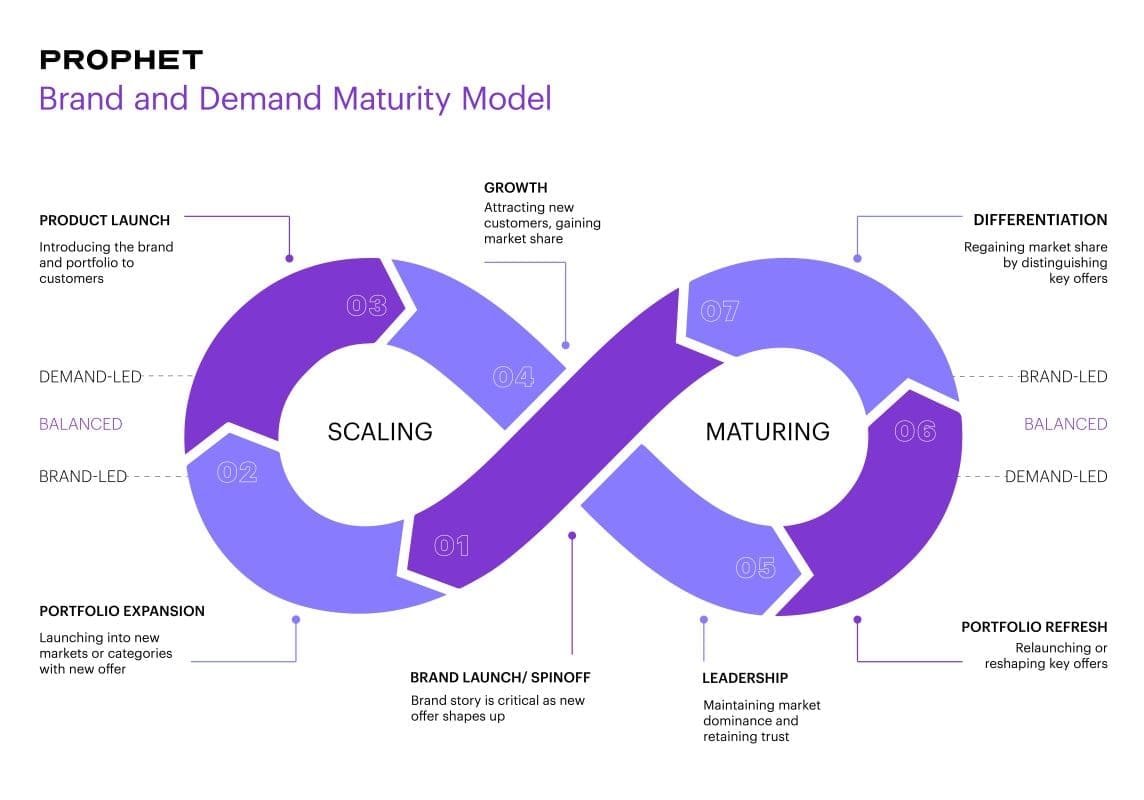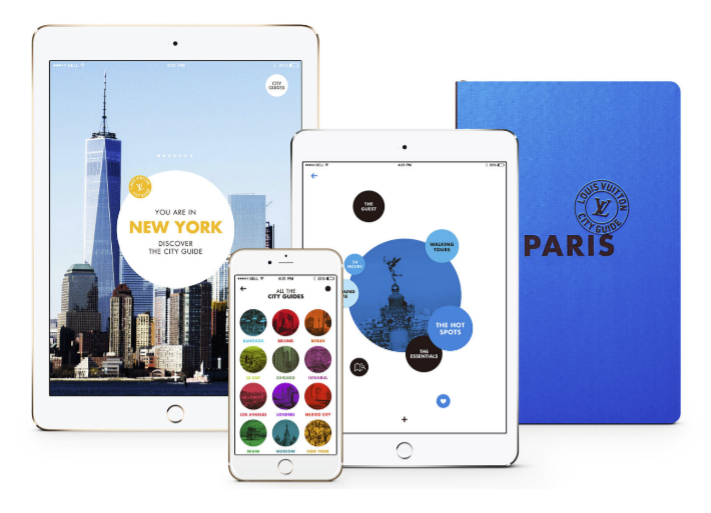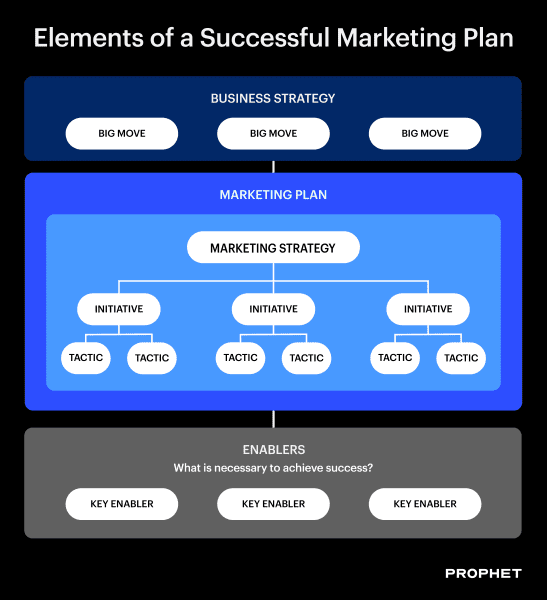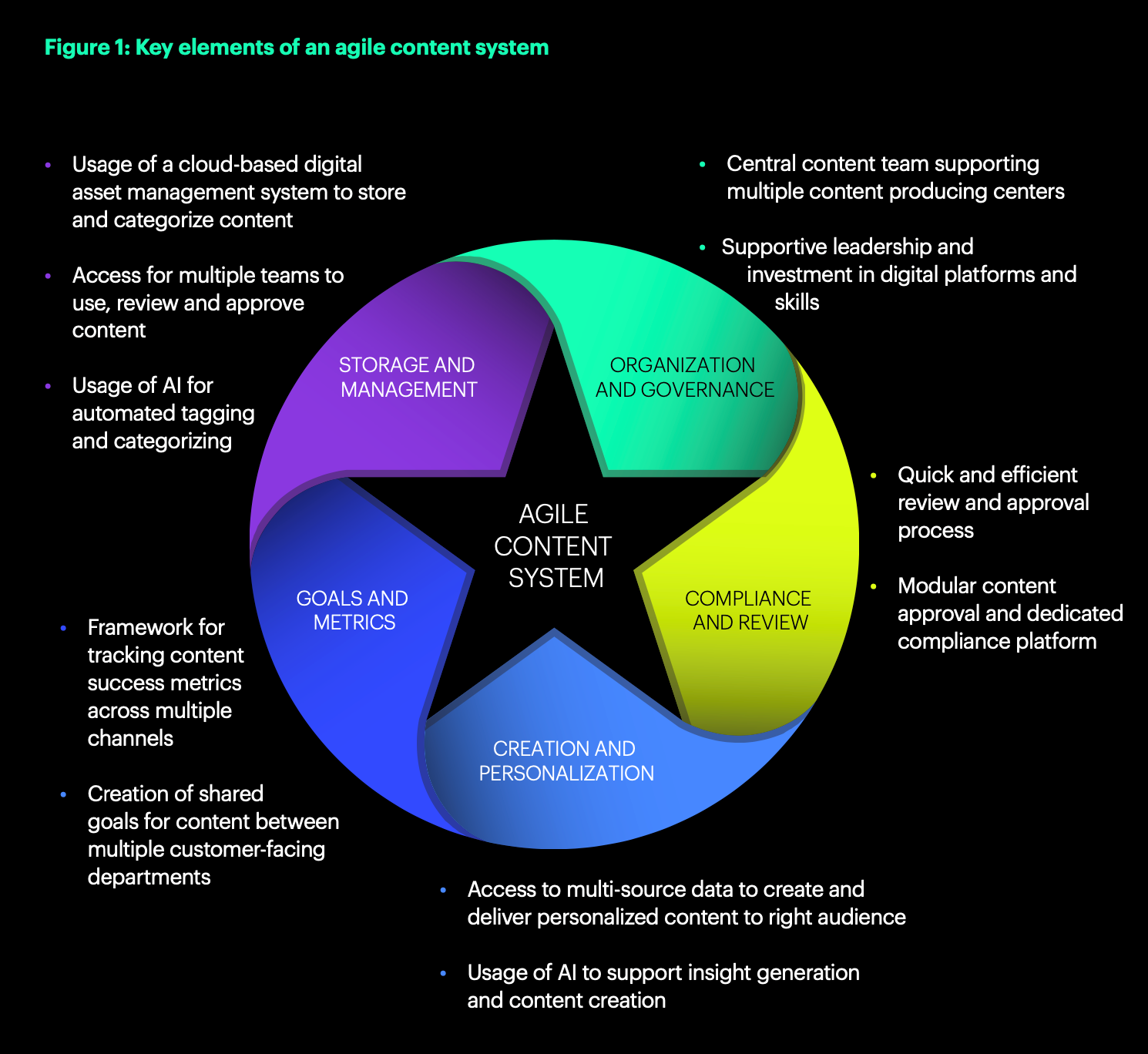This is most certainly our favorite time of year. The heat of summer is over, the kids are back in school and we are graced with the beautiful, bright crisp fall days driving optimism for next year’s outlook.
It is, therefore, that time of year for business planning, forcing us to self-reflect and understand what worked, what did not work, and how we can continually grow and improve ourselves, our teams, and our work to help unlock uncommon growth.
We’ve composed the essentials that are common across successful marketing plans, as well as a few ideas for making the planning process run a bit smoother.
1. Reflection and Introspection
You might think to start your planning with a bit of retrospective from last year. Try and involve as much of the team as you can and also include wider business partners such as product, finance and sales. Run a classic agile retrospective with the three questions:
- What worked well last year?
- What didn’t go as well last year?
- What could we do differently next year?
You can then work with your leaders to filter through and incorporate your findings into the year ahead. Some organizations may even work with a summary of this as the front section of the plan and use it as a chance to share success.
2. Strategy as Your Guiding North Star
We get asked a lot “Is this our marketing strategy or our plan?” The answer is usually both, however, the distinction is important; you cannot have a good marketing plan without a strategy.
Your strategy needs to set your north star. It should be completely aligned to the business strategy and the key pillars for the year (we tend to call them big moves).
Your marketing strategy should therefore layout what marketing needs to do in order to support those moves next year. The plan articulates how you are going to get there, including the specific tactics you will deploy. Underlying the plan will be resources (who) and capability alignment (enablers) to show how you execute the plan. Lastly, you need to provide a budget, identify headcount needs and have a measurement approach. With some organizations, we also find it helpful to do scenario planning—i.e., what we will do anticipating market shifts or if we fall short— or surpass — expectations.
3. Planning for Your Audience
It’s important to anchor your plan in both customers and prospects, on two levels:
- Firstly, be clear to address how the businesses’ customers/markets are changing. Identify where specific changes in behavior or needs may impact how your organization thinks about the marketing tactics for the year ahead.
- Secondly, understand what key audiences/segments, both within customers and with prospects, will be the focus for the year. These needs must map to your corporate strategy and mission.
This work should help sequence activities based on where the priorities lie, and where the greatest opportunities are to achieve the organization’s marketing goals.
4. A Framework for Planning
One of the things that can slow down marketing planning as well as the integration of the plan with other teams (particularly sales) is language. We tend to find that teams use a multitude of terms for both defining the process and measures of success. There are two areas that are useful to align upon early in the planning process.
Within the process, be super clear on what you mean by the strategy and the plan, and how it all hangs together. The following is an example of how this might appear. Your business will have your own terminology, so it’s important to design a structure that will fit your internal language.
The second part is aligning to the sales funnel. How the different stages of the funnel are defined is critical to driving successful marketing performance.
If you are in the world of B2B marketing, the sales funnel becomes increasingly complex as you plan to align on leads and how they are defined. Make sure to define the process between marketing sales, and when sales accept a lead as qualified.
The planning cycle is a good time to review these with your sales team and see if the handover needs improvement for the coming year.
5. Hitting the Key Points and High Notes
Be pithy. Your marketing plan does not need to be a 250 slide PowerPoint deck; we all know what happens with those! However, it does need to include the following critical components to assure a comprehensive marketing plan is clear, tailored, and impactful.
- Plan Summary: Overview of the key objectives, metrics/numbers, and tactics for the year, and the key learning from last year
- Business Goals/Strategy: The objectives of the business for next year
- Customer Needs: How are we addressing the needs of customers and prospects
- Challenge: How marketing will be supporting the business goals
- Market: Direct and indirect competitive positioning, moves and SWOT
- Actions: 3 – 5 big moves/activities for the year – should be aspirational, inspirational
- How/Tactics: Details on how these will work (might break down by areas)
- Segments and audiences
- Customer marketing insights
- Media planning
- Messaging and content
- Product marketing
- Sales enablement
- Pricing and value
- Measurement: How will we measure success through the year
- Our people: Roles, responsibilities, skills, learning
- Interactions: How will the team interact and work within other functions
- Enablers: What capabilities/vendors/partners do we need to support its success
- Consolidated Plan: Detailed Q1 or 90 day – high level subsequent
- Budget Allocation
6. Plan, but Don’t Over Plan
We all know things don’t go to plan, and that’s okay! Markets change, competitors don’t stay static, and certainly, customers and prospects don’t always do what we think they will do. It’s what keeps life interesting.
Agility wins when it comes to developing a strong marketing plan. It’s key to plan by quarter, but with varying degrees of detail and anticipate shifts and adjustments along the way. We suggest having a very detailed plan to execute your first quarter, and then focusing on higher-level key objectives and tactics for the subsequent quarters. This will allow you to still plan for resourcing, budget and capacity while remaining flexible to inevitable changes along the way.
7. A Living, Breathing Plan
The easiest way to stay true and on track with goal setting is to break down the goals into smaller, actionable goals and achievements. The same resonates when creating a comprehensive marketing plan for the year. Create a structure for the plan that allows you to run mini-plans. Investing in mini planning in the upfront will further allow for progress, flexibility and little wins to motivate and drive your team’s success.
Create a quarterly and monthly version of your plan. We advocate for a quarterly plan that includes a two-week cycle and starts mid-way through the quarter to outline detailed planning for the next quarter. In addition, it is smart to plan for a monthly review process – just a day or two, during which teams share progress against the plan, and propose any short-term tactical changes necessary. This will help keep your teams on track, avoid over-planning and remain agile while focused on achieving your overall goals.
8. Have Dedicated Air Traffic Control
You should assign one member of your team (or possibly a 2-3-person team) to run the process end-to-end, manage meetings, facilitate working sessions, problem solve and produce the outputs. It can be hard to free up internal resources, especially when a plan needs someone to play multiple project management and cross-functional roles, and many use this as a side of the desk role. However, you ideally want someone as a full-time resource for the strategy and plan. An outside partner can be helpful here and you should resist using your current advertising agency partner to facilitate as this may drive conflict of interest. Day-to-day external partners may, however, be valuable contributors.
Typically, most of these are best in working sessions 2.5 – 3 hours long. The number of these sessions is dependent on the size and complexity of your teams, as well as how much work has already been completed in advance.
“You cannot have a good marketing plan without a strategy.”





















